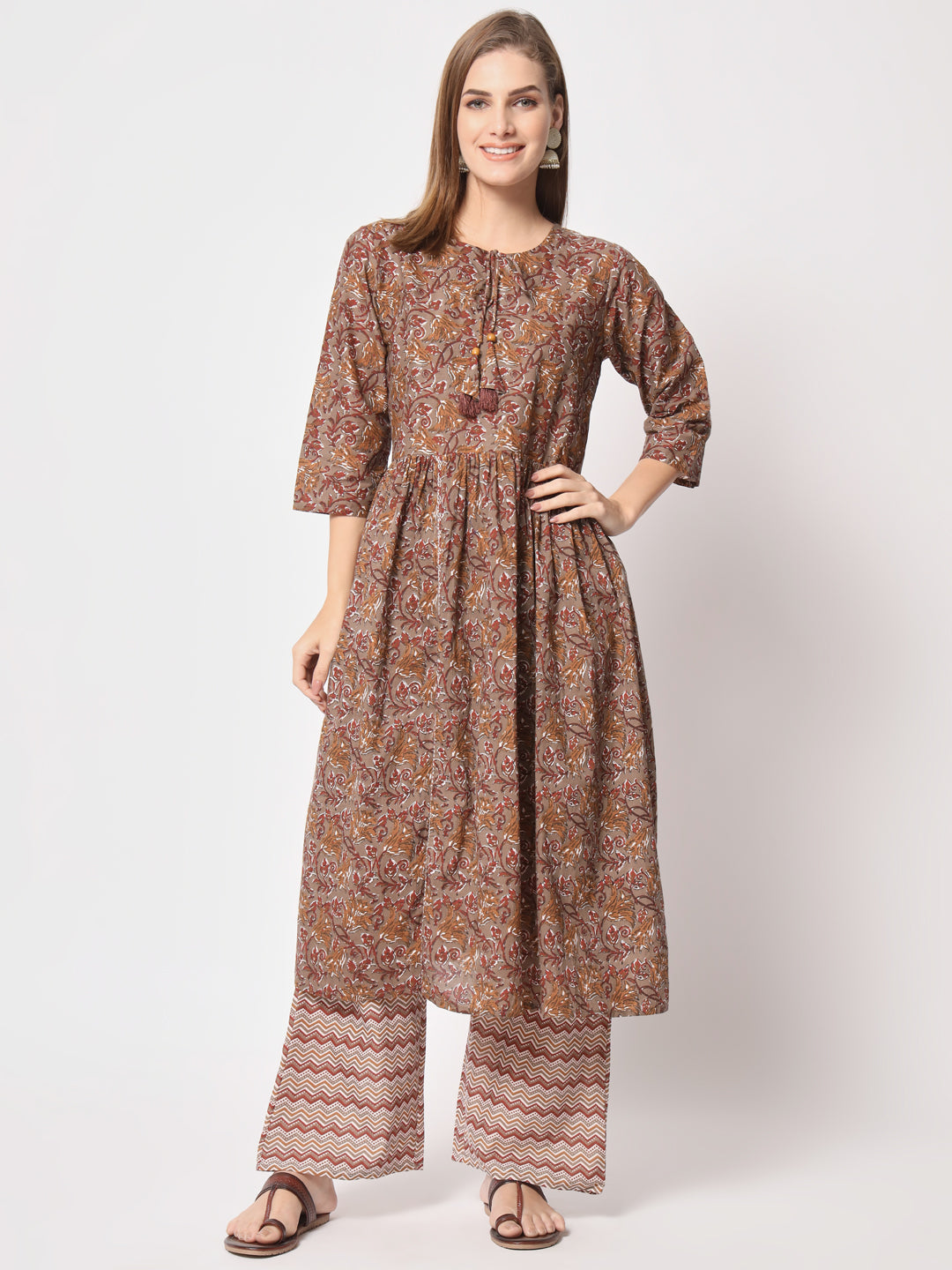India's rich heritage of textiles has had a significant impact on modern fashion, both in India and globally. From the intricate handlooms of Varanasi to the colorful weaves of Kanchipuram, regional textiles have not only been an integral part of traditional clothing but have also inspired contemporary designers to merge tradition with modernity. The influence of regional textiles on modern Indian fashion has allowed for a seamless fusion of culture, craftsmanship, and creativity. In this blog, we explore how regional textiles have shaped the evolving landscape of Indian fashion.
1. The Richness of India’s Textile Heritage
India is home to a wide array of regional textiles, each representing the unique culture and history of its respective region. Textiles such as Banarasi silk, Khadi, Kanjivaram silk, and Bandhani have become synonymous with the country’s diverse fashion legacy. The meticulous hand-weaving techniques, vibrant colors, and diverse materials have been passed down through generations, creating timeless masterpieces that now serve as an inspiration for modern Indian designers.
Key Regional Textiles Influencing Modern Fashion:
-
Banarasi Silk: Originating from Varanasi, Banarasi silk is known for its intricate patterns and rich texture. This fabric is often used in traditional Indian wedding attire and has become a staple in modern bridal collections.
-
Khadi: Khadi, a handspun and handwoven fabric, has become a symbol of India’s independence movement. Today, it is an eco-friendly textile used in both casual and formal wear, representing sustainable fashion.
-
Kanjivaram Silk: Known for its vibrant colors and durability, Kanjivaram silk from Tamil Nadu is often used in bridal and festive wear. This textile has seen a modern revival in both traditional and contemporary designs.
-
Bandhani: Originating from Rajasthan and Gujarat, Bandhani (tie-dye) fabrics are known for their intricate patterns and use in saris and dupattas. The modern fashion industry has adapted Bandhani into contemporary silhouettes.
2. Regional Textiles and Their Influence on Modern Indian Fashion
The influence of regional textiles on modern Indian fashion has been a game-changer, blending traditional fabrics with innovative designs to create clothing that is both modern and culturally rich. Several contemporary designers have integrated these textiles into their collections, transforming them into sophisticated, globally-recognized fashion statements.
Fusion of Tradition and Modern Silhouettes
Modern Indian fashion has embraced regional textiles by pairing them with contemporary silhouettes. For example, a Banarasi silk saree may be paired with a modern blouse, creating a fusion look that is both traditional and trendy. Similarly, Khadi has been modernized to create casual shirts, jackets, and even streetwear. The combination of these traditional textiles with modern cuts, tailoring, and styling has given rise to an exciting trend where history meets the present.
Sustainability in Fashion
Sustainability is one of the key elements driving the influence of regional textiles on modern Indian fashion. Fabrics like Khadi and organic cotton, which are both eco-friendly and traditional, have gained popularity among fashion-conscious consumers looking for sustainable clothing options. These textiles align with the growing demand for sustainable fashion, offering an environmentally conscious alternative to fast fashion.
Khadi, in particular, has made a strong comeback as designers and consumers alike embrace the fabric’s natural appeal. It is now being used to create chic, minimalist designs for both men’s and women’s wear, from kurtas to formal blazers.
Contemporary Usage of Regional Embellishments
Regional embellishments such as Zardozi, Chikan work, and Kantha stitching have also seen a rise in modern fashion. These ancient techniques are used to adorn everything from contemporary sarees to dresses and accessories. The intricate craftsmanship of these embellishments adds a distinct cultural touch to modern fashion while elevating the aesthetics of the garments.
For instance, a contemporary outfit like a kurta paired with denim jeans may be accentuated with Chikan work embroidery, blending traditional embroidery with a modern western silhouette. This perfect marriage of regional techniques and global fashion sensibilities has made Indian fashion more accessible and versatile.
3. The Role of Designers in Reviving Regional Textiles
Designers play a significant role in reviving regional textiles and reinterpreting them for the modern fashion landscape. Renowned designers like Sabyasachi Mukherjee, Anita Dongre, and Manish Malhotra have been instrumental in incorporating regional textiles into their collections, making them accessible to a broader audience.
Their work often highlights the craftsmanship of traditional weavers and artisans, bringing attention to the need to preserve these regional techniques. By collaborating with local artisans, these designers not only give regional textiles a modern twist but also promote fair trade and ethical fashion practices.
Through these collaborations, they have helped elevate regional textiles, giving them a global platform and inspiring other designers to embrace India’s textile heritage. This has led to a resurgence in the popularity of textiles such as Banarasi silk, Chanderi, and Ikat, which are now incorporated into high-end fashion as well as streetwear.
4. Regional Textiles and the Global Fashion Scene
India's regional textiles are no longer confined to the subcontinent. With the increasing demand for handmade and culturally significant fabrics, these textiles have reached the global fashion scene. Fashion weeks in cities like Paris, Milan, and New York have seen designers incorporate elements of Indian textiles into their collections, showcasing them on the global stage.
The rise of Indian fashion designers in international markets has brought more attention to regional textiles, establishing them as key elements of global fashion. Textiles such as Kanjivaram silk, Bandhani, and handloom cotton are now synonymous with luxury, sustainability, and artisanal craftsmanship.
Conclusion: Celebrate Modern Fashion with Salwat
In conclusion, the influence of regional textiles on modern Indian fashion is undeniable. These textiles have become the foundation for a fashion movement that blends tradition with contemporary sensibilities. From Banarasi silk to Khadi, regional fabrics are redefining modern clothing, bringing cultural richness and sustainable practices into the global fashion landscape. At Salwat, we celebrate this fusion of traditional and modern design, offering garments crafted with the finest regional textiles. Embrace the timeless elegance of the influence of regional textiles on modern Indian fashion with Salwat, and explore a collection that honors India's rich textile heritage while keeping you stylish and contemporary.


